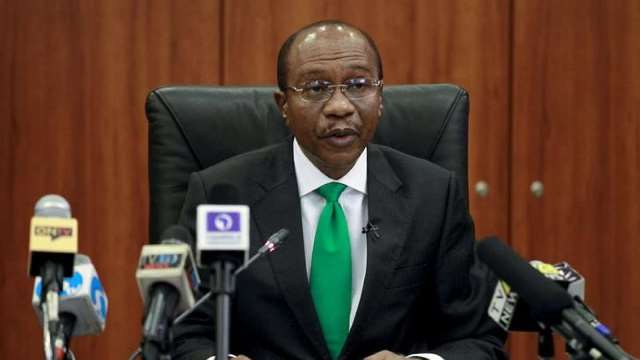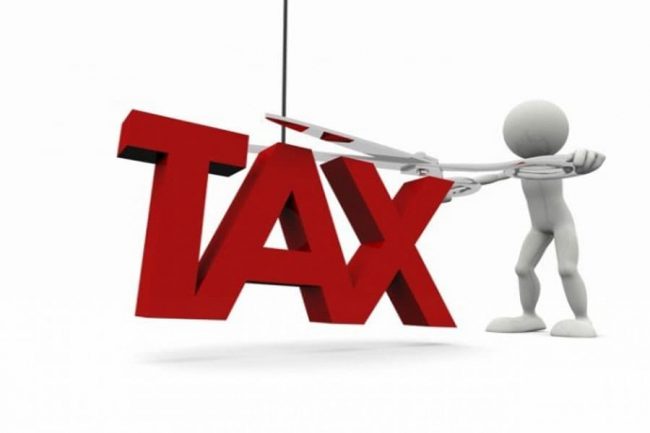The Central Bank of Nigeria (CBN), has stated that the country’s debt servicing increased to $101.29 million in January 2022, indicating a 45% jump month-on-month.
In its data on Nigeria’s debt servicing, the apex bank disclosed that the loan repayments went up from $69.83 million in December 2021, representing an increase by $31.46 million.
Similarly, the data also showed that the government spent $148.57 million and $85.23 million on Nigeria’s debt servicing in November and October 2021 respectively.
Nigeria’s actual debt between 2015 and 2021
Data from the Debt Management Office (DMO) shows that Nigeria’s total public debt was N12.6 trillion ($65.43 billion) as of December 2015. In December 2021, it was at N39.56 trillion ($95.78 billion). This means Nigeria’s debt profile increased by N26.96 trillion between 2015 and 2021, and not N4.03 trillion.
Secondly, Nigeria’s public debt was N39.56 trillion ($95.78 billion). The Federal Government owed N33.13 trillion of this, and state governments N6.43 trillion. External debt was N15.86 trillion ($38.39 billion), which accounted for 40.08% of the total public debt. The balance of N23.70 trillion ($57.39 billion) was domestic debt.
With the aforementioned figures, critics believed that the country is on the verge of debt distress.
Amongst the critics were the President of Lagos Chamber of Commerce and Industry (LCCI), Asiwaju Michael Olawale-Cole who lamented that Nigeria’s current debt-to-GDP threshold is not good, saying it’s an unreliable means of calibrating Nigeria’s current debt burden.
Addressing the LCCI chief, the DMO said Nigeria can lower its debt service-to-revenue ratio if it generates higher revenue like that of Ghana, Kenya, and Angola.
According to the debt office, while Nigeria has a revenue-to-Gross Domestic Product ratio of 9%, Ghana, Kenya, and Angola have a revenue-to-GDP ratio of 12.5%, 16.6%, and 20.9%, respectively.
“The primary reason for the high debt service-to-revenue ratio is because Nigeria’s revenue base is low. Furthermore, the Government is largely dependent on the sale of crude oil, as a major revenue source.
“If Nigeria, with a revenue-to-GDP ratio of 9%, generated revenues close to countries such as Kenya, Ghana, and Angola with revenue-to-GDP ratios of 16.6%, 12.5%, and 20.9% respectively, then, its debt service-to-revenue would be lower,” the DMO clarified.














